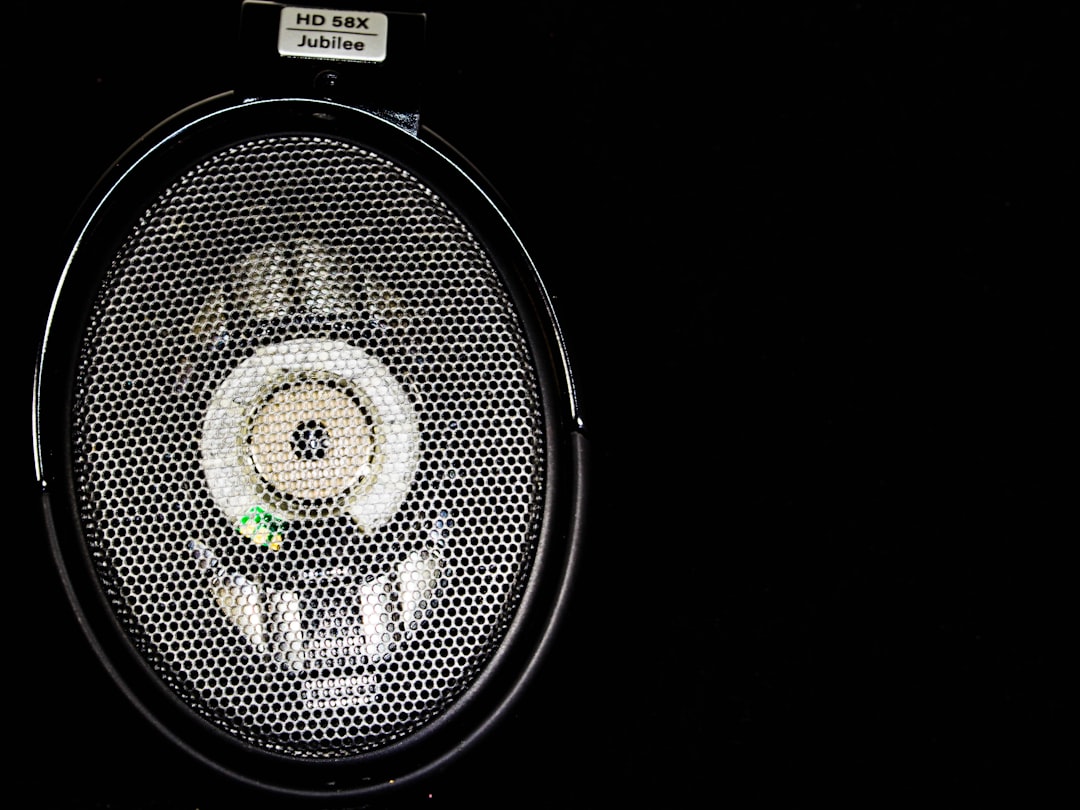When it comes to building the ultimate home theater or high-fidelity sound system, few components are as misunderstood as the subwoofer. While many recognize its importance in delivering deep bass and enhancing overall audio experience, there is a great deal of confusion surrounding where a subwoofer should be placed for optimal performance. Unfortunately, this confusion is often fueled by myths that have been perpetuated over time. This article seeks to differentiate between common myths and scientifically backed facts about subwoofer placement, empowering you to make well-informed decisions for your audio setup.
Myth 1: Subwoofers are Non-Directional, So Placement Doesn’t Matter
Fact: While it is true that low-frequency sound waves are non-directional and omnipresent, this does not mean that subwoofer placement is irrelevant. The room, furniture, walls, and even floor material can all affect how bass waves interact with your environment. These interactions create what are known as room modes, which can lead to peaks and nulls in bass response, dramatically altering what you hear depending on where you’re seated.
Proper placement can reduce these distortions and significantly improve sound clarity and impact. Experimenting with placement and employing techniques like the “subwoofer crawl” often reveals just how sensitive subwoofer performance is to location.
Myth 2: Corner Placement Always Increases Bass
Fact: Placing a subwoofer in a corner will indeed increase its output due to what’s known as boundary gain, where walls reinforce bass energy. However, this doesn’t automatically translate to accurate or pleasant bass. Corner placement can also exaggerate peaks and exacerbate room boominess, leading to muddy or overwhelming low-end output.
In some rooms, placing a subwoofer in the corner may work well, but it’s not a universal rule. Measuring frequency response and using a room equalizer or measurement tools like REW (Room EQ Wizard) can help determine whether a corner position is genuinely advantageous.
Myth 3: You Only Need One Subwoofer
Fact: While one subwoofer can do the job, using multiple subwoofers is often superior for creating smoother and more consistent bass across an entire listening area. Multiple subs help balance room modes and reduce the risk of bass dropouts in certain seats.
The use of two or even four subwoofers, placed strategically around the room, is recognized as one of the most effective methods for improving bass uniformity. For serious audiophiles and home theater enthusiasts, investing in more than one subwoofer may be a game-changer.

Myth 4: The Sub Should Sit Next to the Front Speakers
Fact: There is no acoustic rule mandating that a subwoofer must be near the front speakers. Since most A/V receivers or processors include bass management features and time alignment (phase correction), the subwoofer’s position doesn’t need to match that of the mains.
What’s more important is how the subwoofer interacts with the room to provide smooth, accurate bass. Sometimes, the best subwoofer location is behind the seating area, along a side wall, or even in the middle of the room. The key is experimentation and objective measurement—use a sound meter or bass analysis software to find the optimal location.
Myth 5: Under Furniture Is a Good Spot for Subwoofers
Fact: This approach is often used for aesthetic reasons, but it is rarely the best strategy for acoustic performance. Placing a subwoofer under a couch or table might muffle the sound or distort bass waves, depending on the openness of the furniture and how much air movement is restrained.
Subwoofers need space to let the low frequencies resonate freely. When placement under furniture is the only available choice, be sure to measure and adjust settings carefully to account for any bass anomalies introduced by the surrounding materials.
The Subwoofer Crawl: An Essential Placement Technique
An effective way to determine ideal subwoofer placement is the subwoofer crawl. This method flips the usual logic:
- Place the subwoofer in your primary listening position (where your ears usually are).
- Play a bass-heavy track or sweep tone on repeat.
- Crawl around the perimeter of the room, especially along the walls, and note any positions where the bass sounds smoother and more consistent.
- Place the subwoofer in the spot where you heard the best bass response.
While unorthodox, this method works surprisingly well because it lets you hear how the room affects bass in various locations, enabling more informed placement choices.

Additional Considerations That Affect Subwoofer Performance
Beyond physical placement, several other factors play a crucial role in how your subwoofer sounds:
- Phase Setting: Matching the phase of your subwoofer with the main speakers ensures seamless bass integration.
- Room Calibration Tools: Systems like Audyssey, Dirac Live, or ARC (Anthem Room Correction) can automatically adjust subwoofer settings for optimal room response.
- Isolation Pads and Platforms: Using isolation devices can help reduce vibrations that transmit to floors and walls, improving clarity.
- Low Pass Filter Settings: Proper crossover settings are key to ensuring that the subwoofer and main speakers do not overlap or leave gaps in frequency coverage.
Don’t Forget About Listening Position
It’s not just the subwoofer position that matters—where you sit in the room also significantly impacts how you perceive bass. If your seat is located in a bass null (a location where low frequencies cancel out), no amount of subwoofer positioning will fix it unless you change the seating location or add more subwoofers.
Avoid placing your main seat exactly halfway between the front and rear walls, or centered left to right in the room. These positions frequently suffer from standing wave cancellations. Small adjustments in seating can lead to dramatic improvements in audio quality.

Conclusion: Pursue Measurable Performance, Not Myths
Few components stir as much myth-based debate as the humble subwoofer. While it’s tempting to go by anecdotal recommendations or visual convenience, proper subwoofer placement is both a science and an art. Understanding room acoustics, taking advantage of modern calibration tools, and listening critically are all crucial steps toward achieving high-quality, distortion-free bass in your home theater or music system.
In the end, the most trustworthy rule is to rely on data and your own ears. Use tools, measure often, and acknowledge that each room is unique. Subwoofer placement is not a one-size-fits-all equation, but with the right methods, you can transform your listening experience from adequate to extraordinary.
